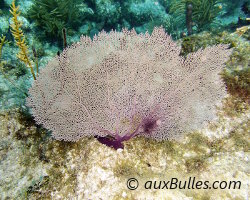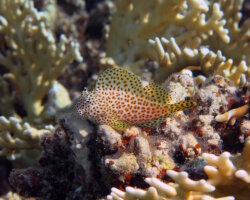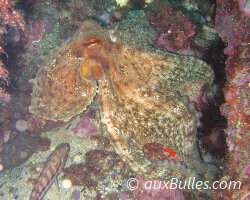Sealife guideThe yellowmouth barracudaSphyraena viridensis
Last updated on 02/12/2025 at 11:05 PM
There are around twenty species of barracudas distributed worldwide. Some species can be found along the Mediterranean coasts, including the Sphyraena viridensis species.
Taxonomy
- Common name: Yellowmouth barracuda
- French name: Barracuda Méditerranéen, brochet de mer, bécune, spet
- Spanish name: Espetón boca amarilla,barracuda
- Scientific name: Sphyraena viridensis (Cuvier, 1829)
- Family name: Sphyraenidae
- Order name: Perciformes
- Class name: Actinopterygii
Description
The yellowmouth barracuda generally measures around 20 inches to 40 inches but can reach up to 59 inches. On average, in adulthood, its size is approximately 31 inches long.
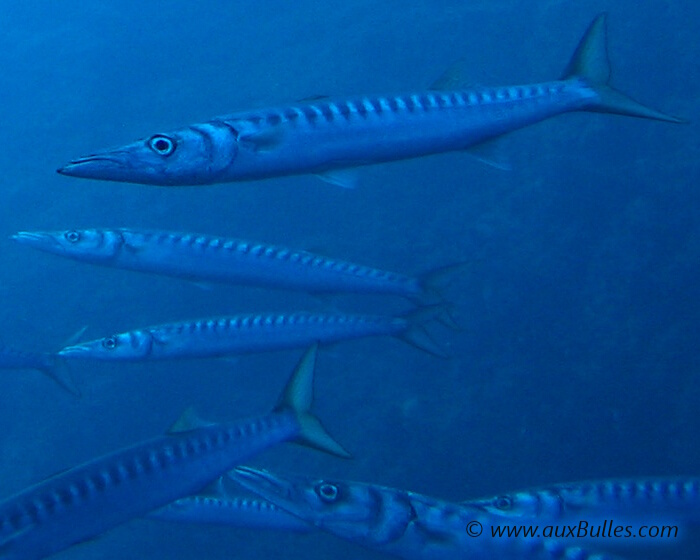
The yellowmouth barracuda is an elongated and cylindrical fish with a pointed head and an extended lower jaw
The yellowmouth barracuda is an elongated and cylindrical fish. Its head is pointed with a lower jaw that is more extended. It is impressive due to its sharp teeth and large, well-visible eyes, which enhance its menacing appearance.
The yellowmouth barracuda is silver in color with a series of around twenty black stripes along the top of its back. Its tail fin, shaped like a 'V' and is yellowish in color.
The yellowmouth barracuda has two widely spaced dorsal fins, the first one having 5 spines and the second, located further back, is soft and nearly symmetrical with the anal fin.
Geographic range
The yellowmouth barracuda is found, as its french name suggests, in the Mediterranean sea.
Habitat
Yellowmouth barracudas are pelagic fish that live either solitarily or in schools. They are primarily found in the 30 to 80 feet depth range. The schools can form a spiral shape or simply stretch out in length as they move.
Diet
The yellowmouth barracuda is a carnivorous fish and a formidable predator. It feeds on fish, octopuses, cuttlefish and
crustaceans. The yellowmouth barracuda hunts by ambush and lunges at its prey with a sudden leap.
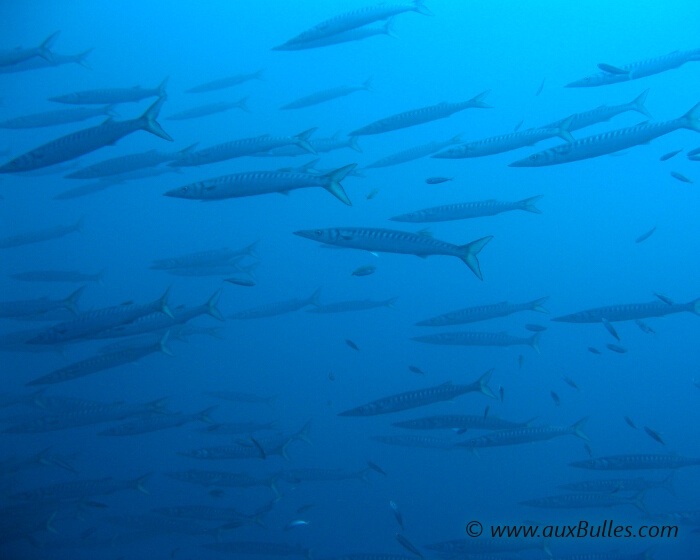
Yellowmouth barracuda schools are often shaped like a spiral or they stretch out in length as they move
Reproduction
The female is
oviparous and lays her eggs in open water. The larvae will develop in the plankton.
Did you know ?
The yellowmouth barracuda is becoming an increasingly regular visitor to the French Mediterranean coasts, which could suggest warming waters.
The
Gabinière Sud located in the
Port Cros National Park is a must-visit diving site to meet yellowmouth barracudas.
The yellowmouth barracuda owes its bad reputation mainly to its unfriendly appearance.
The yellowmouth barracuda is listed as many other marine species within The
IUCN Red List of threatened species. The yellowmouth barracuda appears in the
IUCN Red List since 2015 within the category Least Concern !
Tips for observing
Yellowmouth barracudas are pelagic fish. Remember to occasionally look towards the open blue to spot them either alone or in schools. You may also have the chance to encounter some isolated yellowmouth barracudas lying in wait, a sign that the school is nearby. Move away from the rocks to try to meet them !
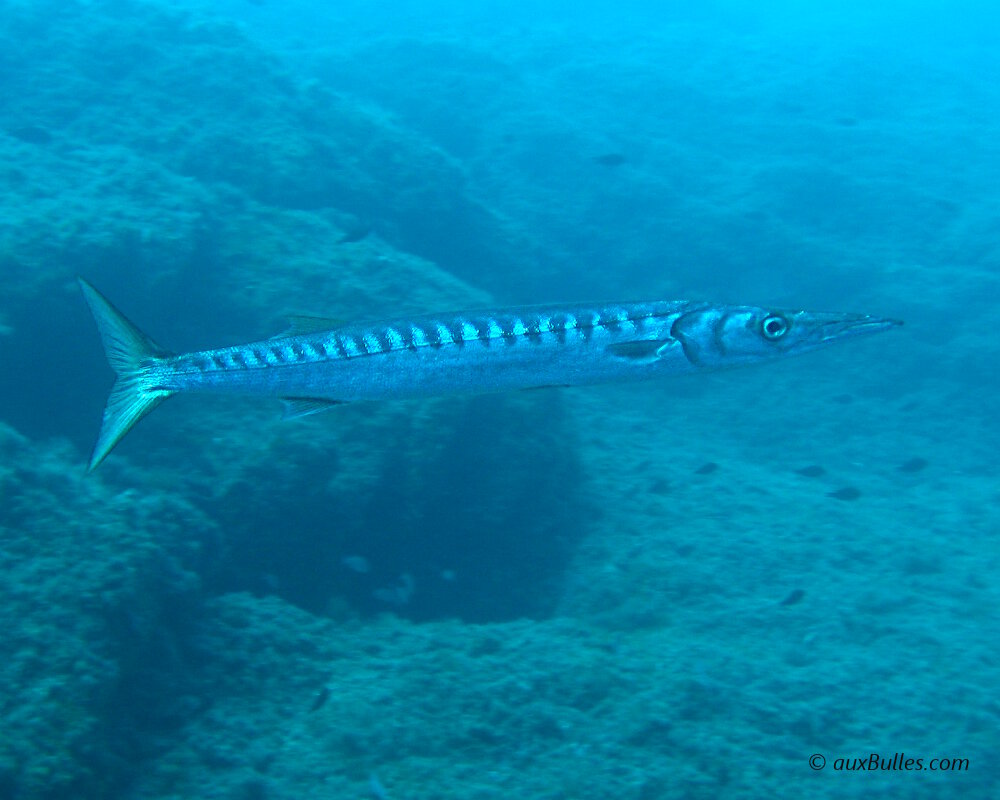
The yellowmouth barracuda is silver in color with a series of about twenty black stripes along the top of its back
But keep an eye on the rocks – you'll need to come back – and make sure your stabilization is perfect – this is not the time to break depth records !
The rocks will also serve as a good reference for detecting any current you might encounter and should be avoided during your dive. As you approach the school, adopt slow breathing and finning to blend in with the group.
Abrupt and repeated changes in direction from small fish schools are a sign of nearby predators, and who knows, maybe yellowmouth barracudas: keep your eyes open !
Within the same genus
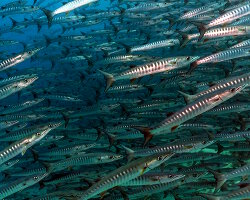
Blackfin barracuda
(Sphyraena qenie)
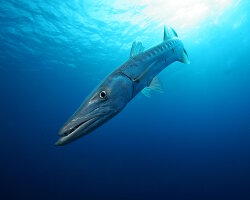
Great barracuda
(Sphyraena barracuda)
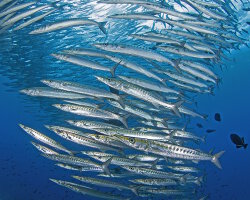
Mexican barracuda
(Sphyraena ensis)

Obtuse barracuda
(Sphyraena obtusata)
Discover also
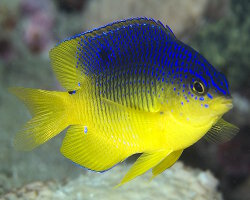
Cocoa damselfish
(Stegastes variabilis)
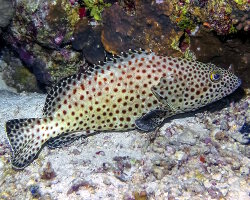
Greasy grouper
(Epinephelus tauvina)
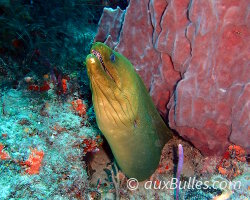
Green moray eel
(Gymnothorax funebris)
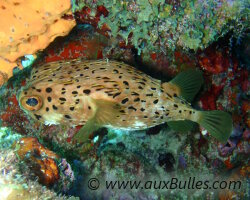
Longspined porcupinefish
(Diodon holocanthus)

Red indian fish
(Pataecus fronto)
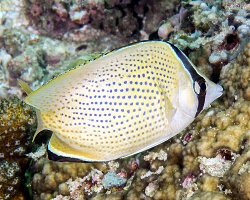
Speckled butterflyfish
(Chaetodon citrinellus)
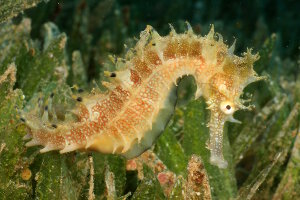
Spiny seahorse
(Hippocampus histrix)
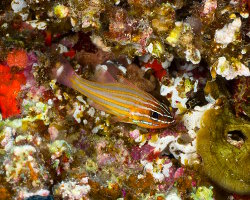
Yellowstriped cardinalfish
(Ostorhinchus cyanosoma)
The marine species from Mediterranean sea
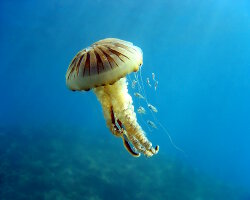
Compass jellyfish
(Chrysaora hysoscella)
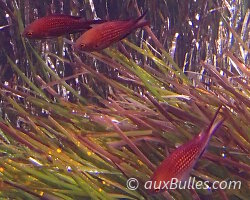
Damselfish
(Chromis chromis)
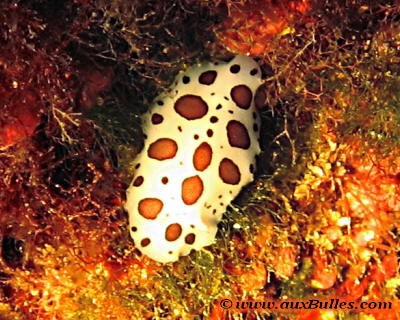
Dotted sea slug
(Peltodoris atromaculata)
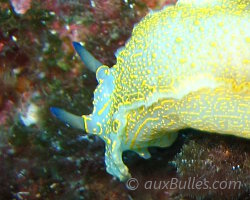
Giant doris
(Felimare picta)
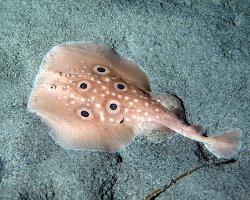
Ocellate torpedo
(Torpedo torpedo)
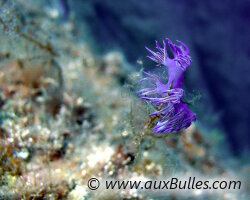
Pink sea slug
(Flabellina affinis)
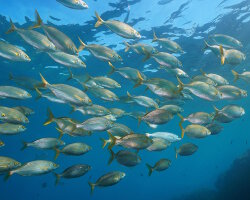
Salema
(Sarpa salpa)
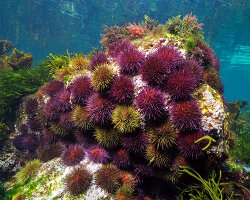
Stony sea urchin
(Paracentrotus lividus)
Best dive destinations
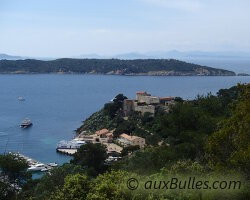
Port Cros island


























